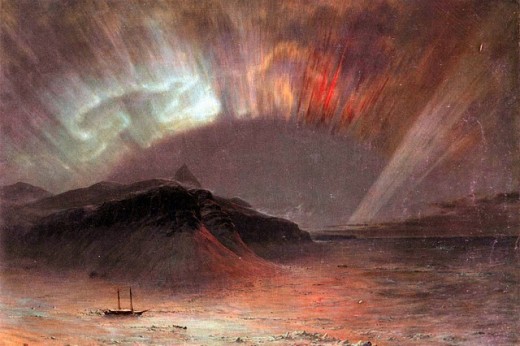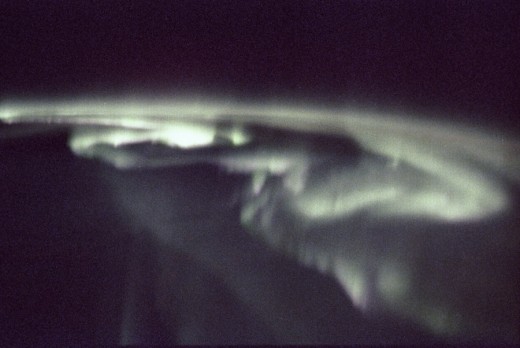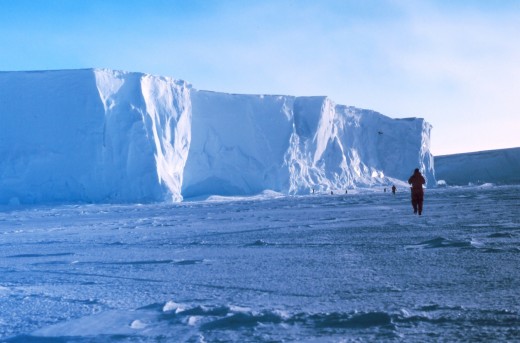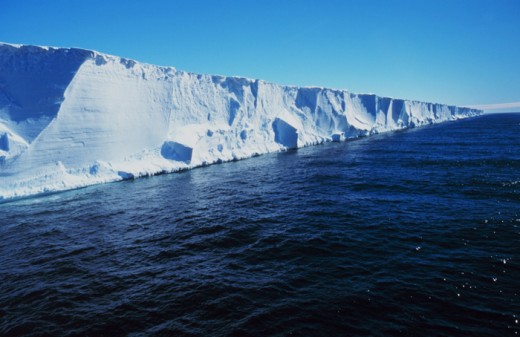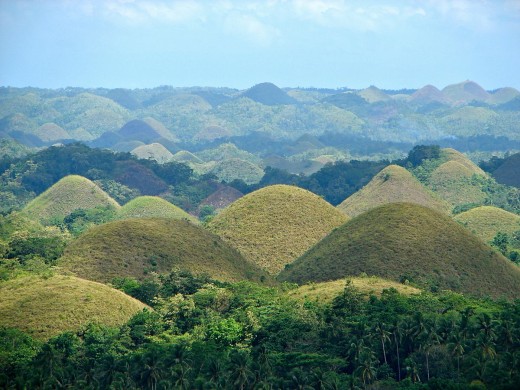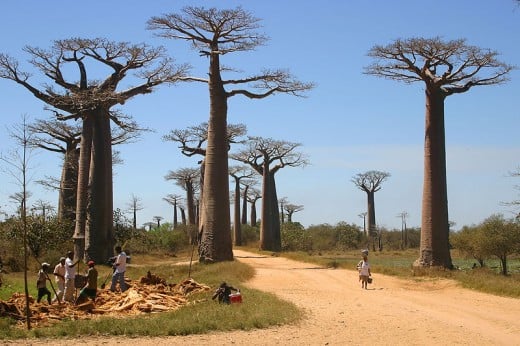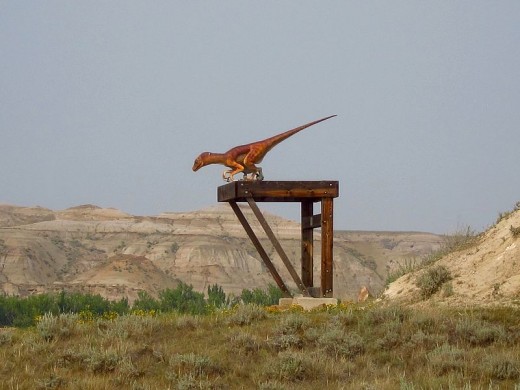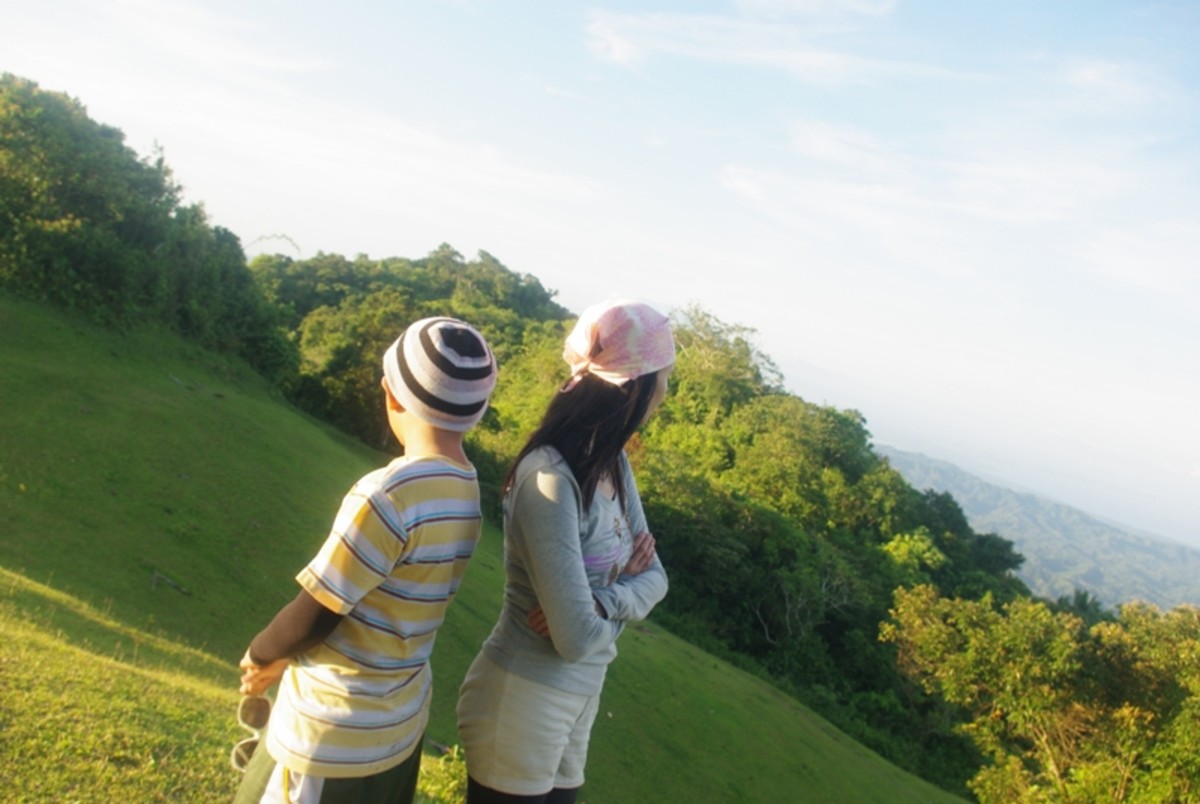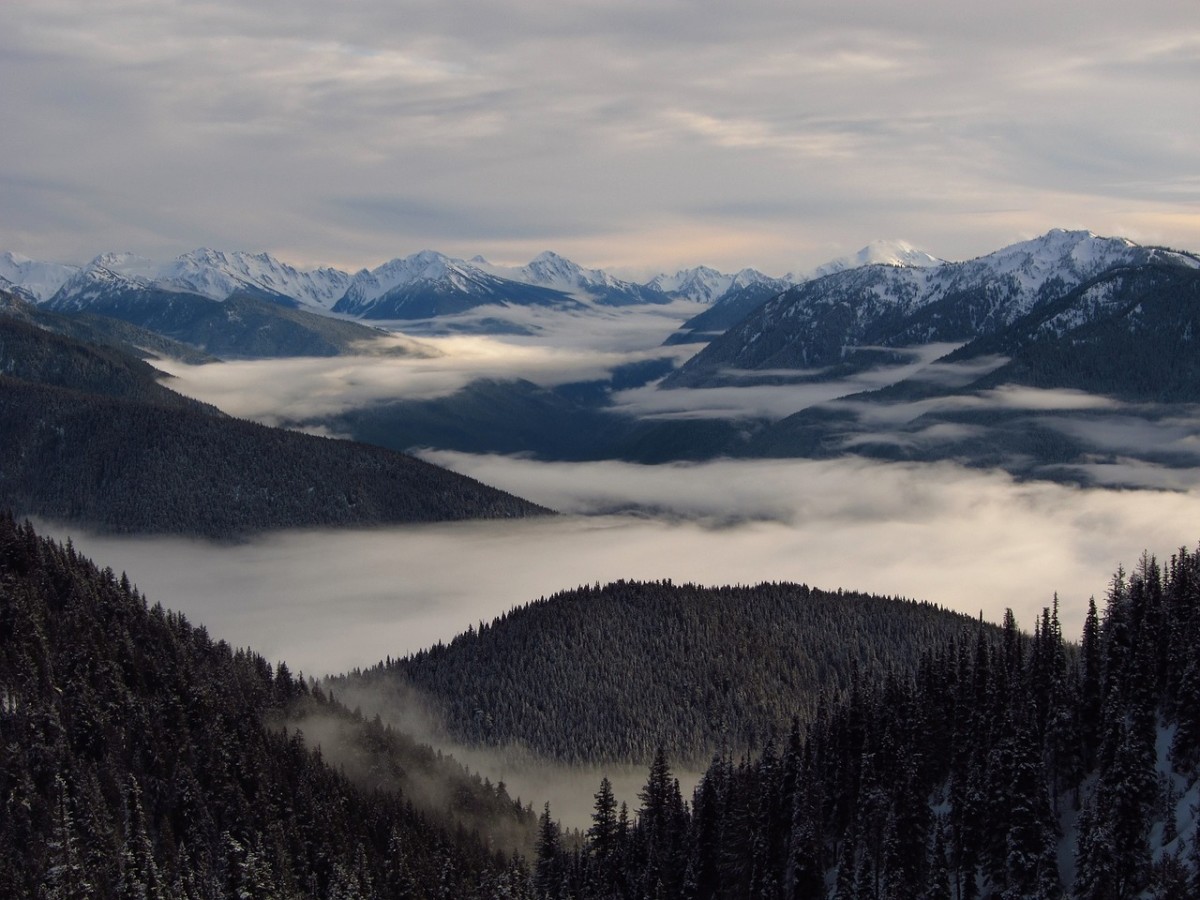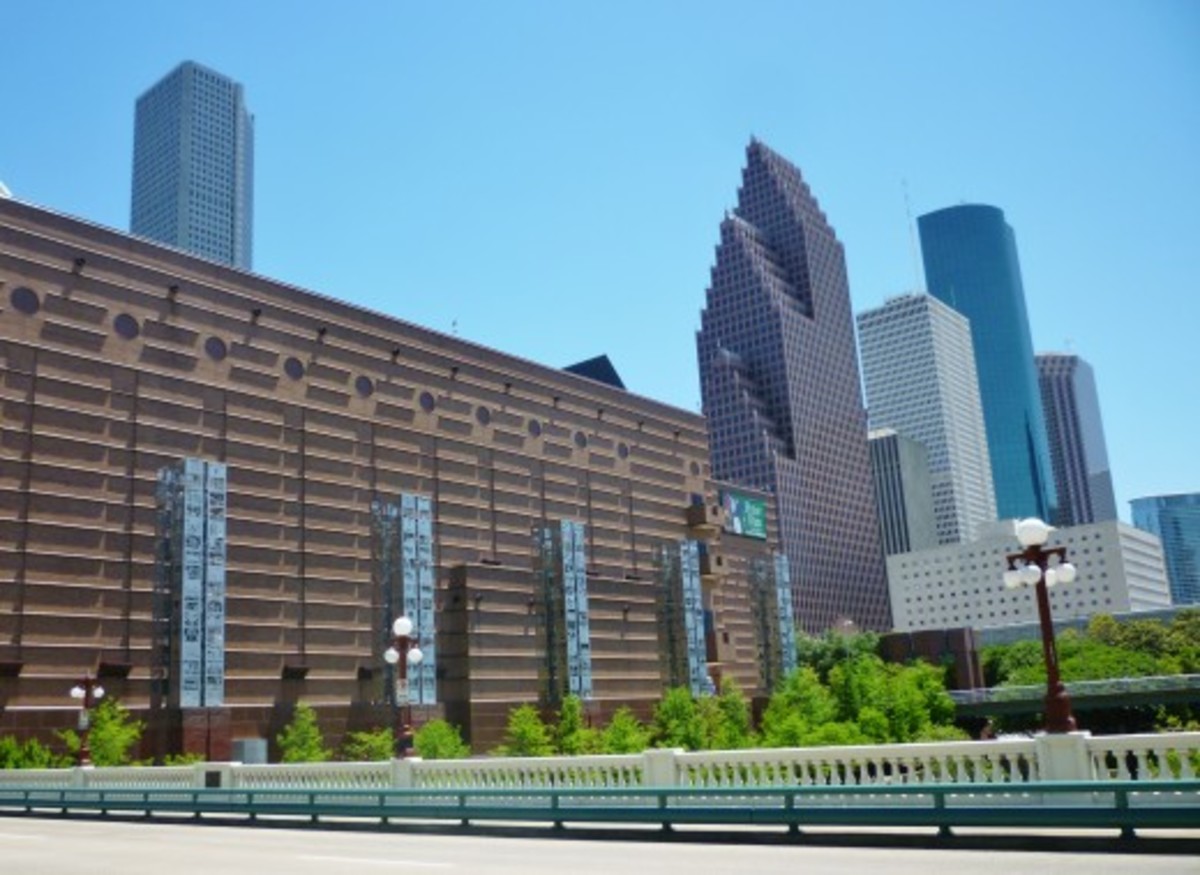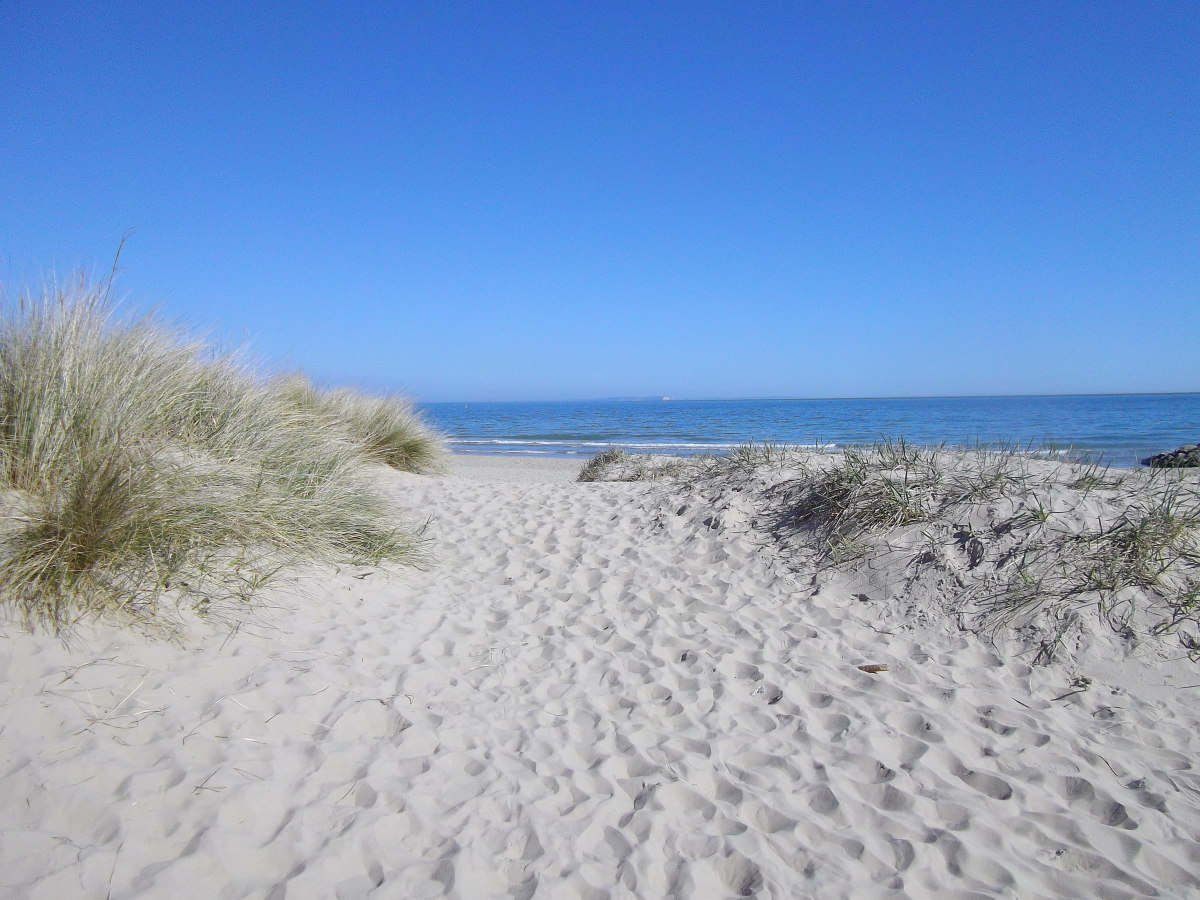Election of the New Seven Natural Wonders
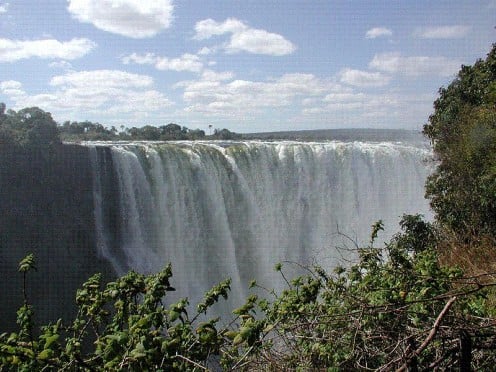
What Are Our Natural Wonders?
The current list of the most wonderful places of nature in the world is the following:
- Aurora Borealis - My favorite. If I am going to die, put me outside where I can see this wonder and I'll never know I'm dead. My favorite Circumpolar Peoples see this incredible Heavenly light show quite often. I have seen a small display of this phenomenon once in Central Ohio and once in Michigan. The animated film Brother Bear featured a lovely sequence in which the symbols and historic wildlife and peoples whirled among the Aurora Borealis.
- Grand Canyon. I once flew over what I thought was the canyon and was impressed by its size. Then we reached the actual Grand Canyon and I was speechless. One of my students in his youth at age 8 or 9 vacationed there with his family and left the group to walk down to the canyon floor. He was successful and had a good time, but he was not found for a couple of days, worrying his parents.
- Paricutan in Michoacán, Mexico. This is the cinder cone volcano Paricutan, of which my class made a working model in the 7th Grade. We also made a model of one of the Seven Wonders of the Ancient World from sugar cubes: The Great Pyramid of Gizeh. In this class, we learned that a timeline for Humanity is located inside the pyramid. Years are marked, but no events described - the last event is around 2008 or 2010, followed by a long line without events, and an ending in 2020 that looks like a dropoff. Did the artist die before he could complete the timeline?
- Mosi-oa-Tunya: Victoria Falls. In Africa and named by the Scotsman Stanley Livingstone, I think its African names are more beautiful. It is also called the Thunder of Mists and the Smoke the Thunders. I like those, too,
- Mount Everest. Cold and treacherous, stately and magnificent. The peoples of the Earth seem always to heave revered the tallest mountain on the planet as well as the tallest mountain in each of any of their countries. They inspire fine arts, poetry, and music.
- Great Barrier Reef. The land and oceanic regions of Australia, New Zealand, British Guyana, and surrounding islands is the most extraordinary on Earth, supporting probably the largest numbers of distinct life forms found nowhere else. Unfortunately, by 2018, many of these lifeforms were dying off.
- Harbor of Rio de Janeiro. I know least of all about this wonder, but it is the largest bay on Earth. However, I wonder if ice melt in North America and Asia will increase the size of some of those bays.


Popular Nominees for New Natural Wonders
Occasionally, news publications ask the public what their choices for a new list of world wonders might be.
Leaders of a group called "Seven Natural Wonders" decided to become the protectors and promoters of all the natural wonders of Earth beginning in 2008. They also asked for new wonders to be recognized and recently, these places were supplied by the public and recorded by CNN.
Seven Natural Wonders is now defunct, but many other groups have come up with their own lists of great places. If you have a favorite, feel free to add it to the comments section below.
Possible New Natural Wonders
- Australian Region/Oceana: The Ross Ice Shelf. Ice near Australia? This is the largest ice shelf in the Southern Hemisphere.


Asia: The Cedars of Lebanon. Named in the Old Testament and taken as a name by a civic organization that has helped the Muscular Dystrophy Association every year, these trees are as magnificent as the California Redwood. At 130 feet tall and 8 feet in diameter, some of these cedars are giants across 5 countries.
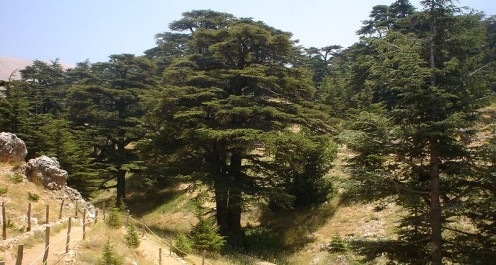
- Asia: Philippines/The Chocolate Hills. This is 20 square miles of wonder.
- Asia: Mt. Fuji. Not yet an official Wonder, but the object of much art and poetry in Japan.


- Asia: The Dead Sea. Friends of mine say that they can lie back in the thick water and read a newspaper. This is another historical and Biblical landmark.


- Africa: The Avenue of Boababs in Madagascar.
- Alberta, Canada: Dinosaur Provincial Park.
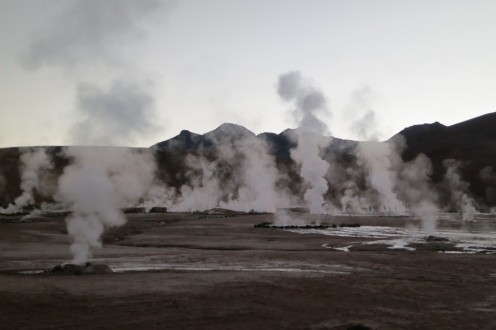
- Andes Mountains of Chile: El Tatio, the largest geyser in the Southern Hemisphere.
- United Kingdom: The White Cliffs of Dover. This natural phenomenon of chalk covered cliffs is subject of WWII era songs.
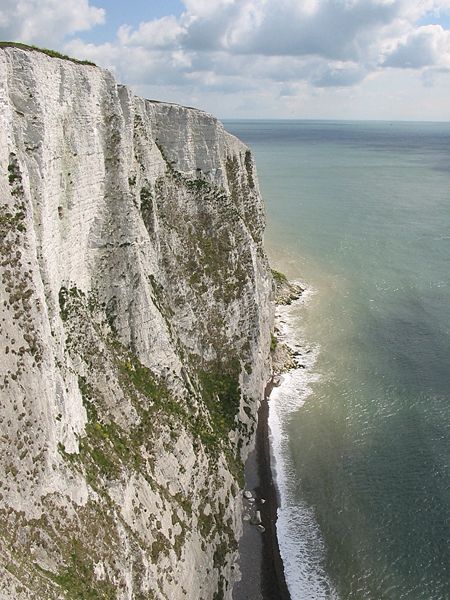
(There'll Be Bluebirds Over) the White Cliffs of Dover: Nat Burton / Walter Kent)
There'll be bluebirds over
The white cliffs of Dover
Tomorrow, just you wait and see
There'll be love and laughter
And peace ever after
Tomorrow, when the world is free
The shepherd will tend his sheep
The valley will bloom again
And Jimmy will go to sleep
In his own little room again
There'll be bluebirds over
The white cliffs of Dover
Tomorrow, just you wait and see
The shepherd will tend his sheep
The valley will bloom again
And Jimmy will go to sleep
In his own little room again
There'll be bluebirds over
The white cliffs of Dover
Tomorrow, just you wait and see
Sources
- Jones, B. The Seven Natural Wonders of the World. WorldAtlas.com.
- "Natural Wonders". CNN. November 11, 1997. Archived from the original on July 21, 2006. Retrieved July 31, 2010.
This content is accurate and true to the best of the author’s knowledge and is not meant to substitute for formal and individualized advice from a qualified professional.
© 2010 Patty Inglish MS MPH

